Airworthiness Report: Aviation Safety, Regulations, and Innovation
VerifiedAdded on 2023/04/17
|5
|603
|329
Report
AI Summary
This report provides a comprehensive overview of airworthiness, addressing key requirements in aircraft design, manufacture, operation, and maintenance. It explores the relationship between certification and compliance with airworthiness regulations, using examples to illustrate the concepts. The report includes a case study that identifies a major safety problem within the aviation industry, detailing the actions taken to address the issue and evaluating their effectiveness. Furthermore, it examines technical innovations and systems developments, such as blockchain technology, that are employed to enhance aviation safety and improve operational efficiencies. The report references relevant literature to support its analysis and findings.
1 out of 5
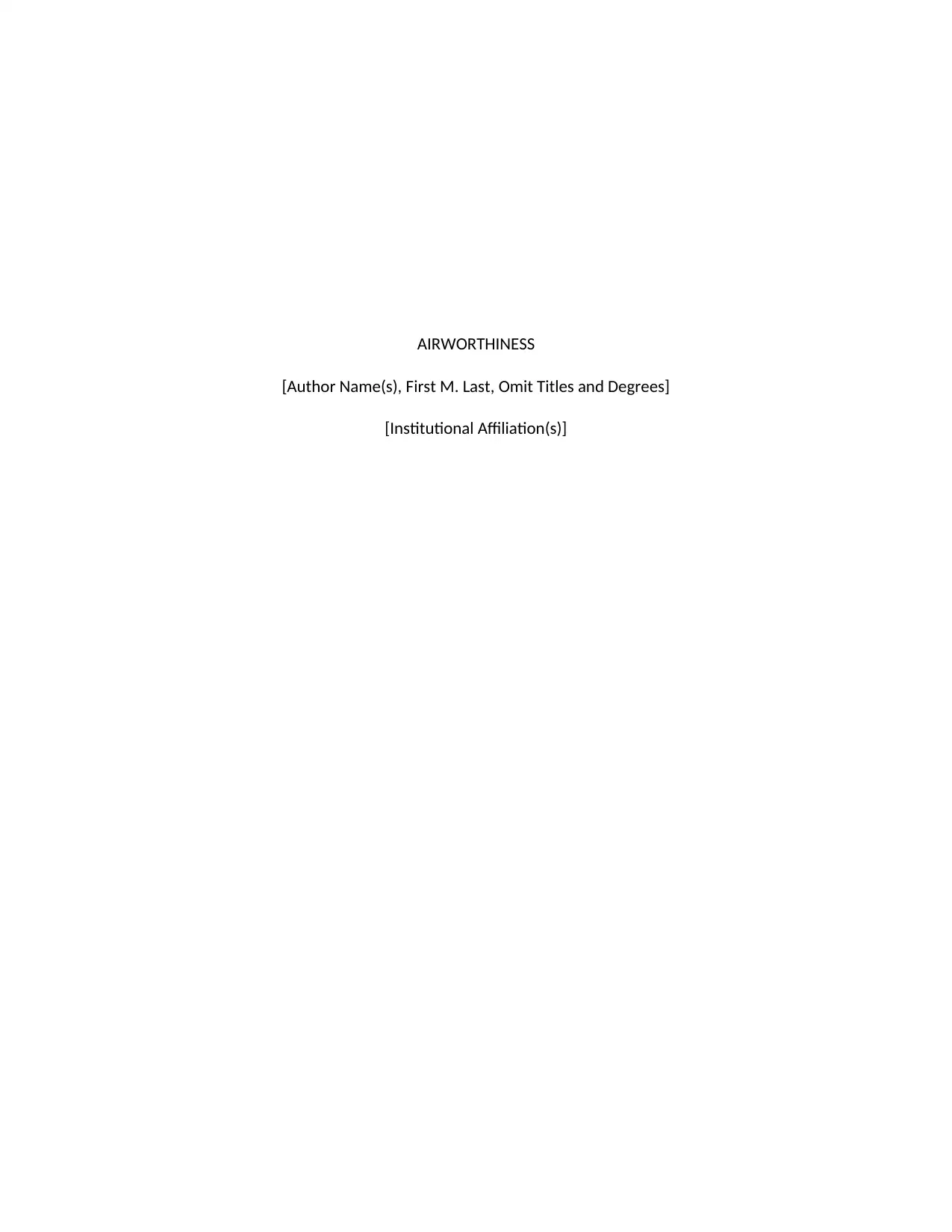
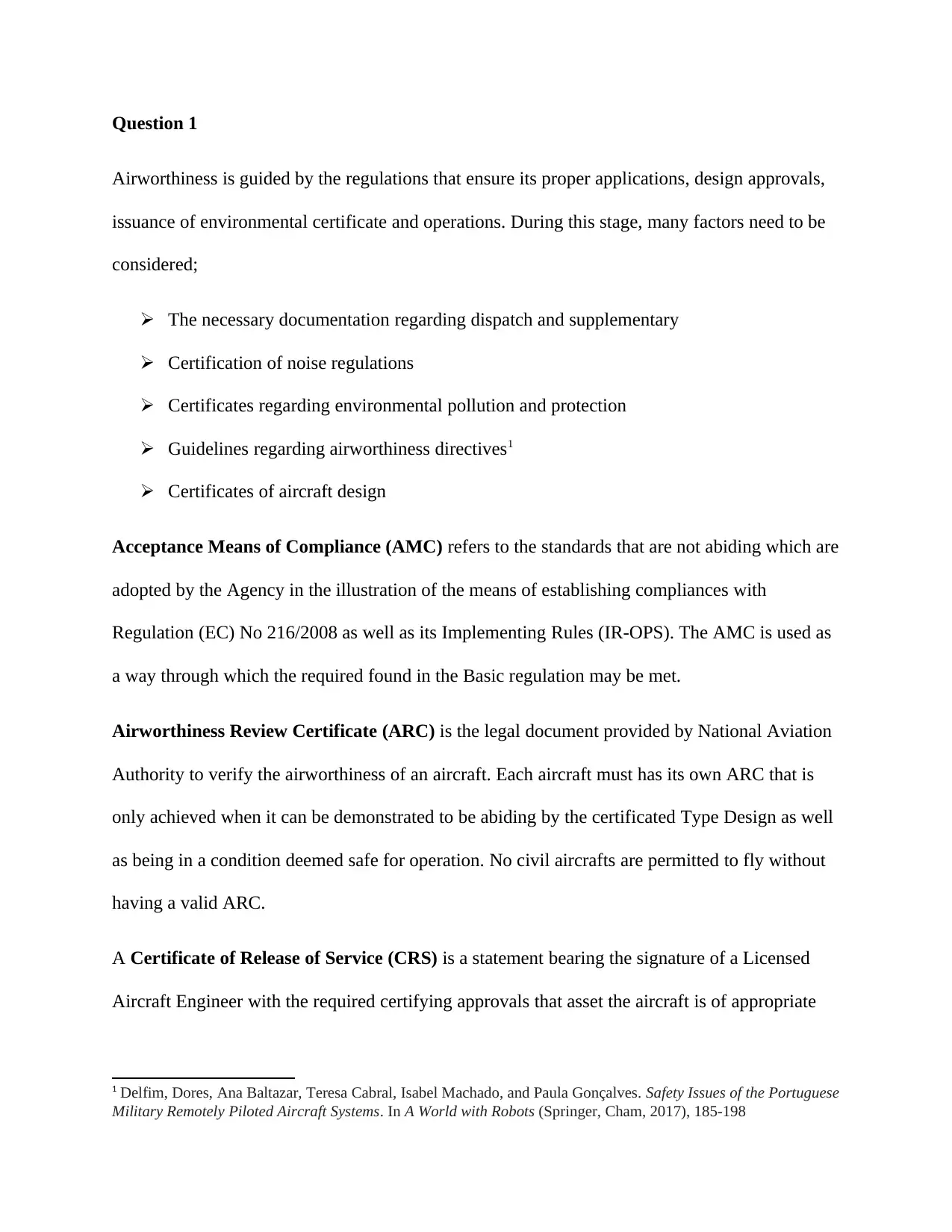
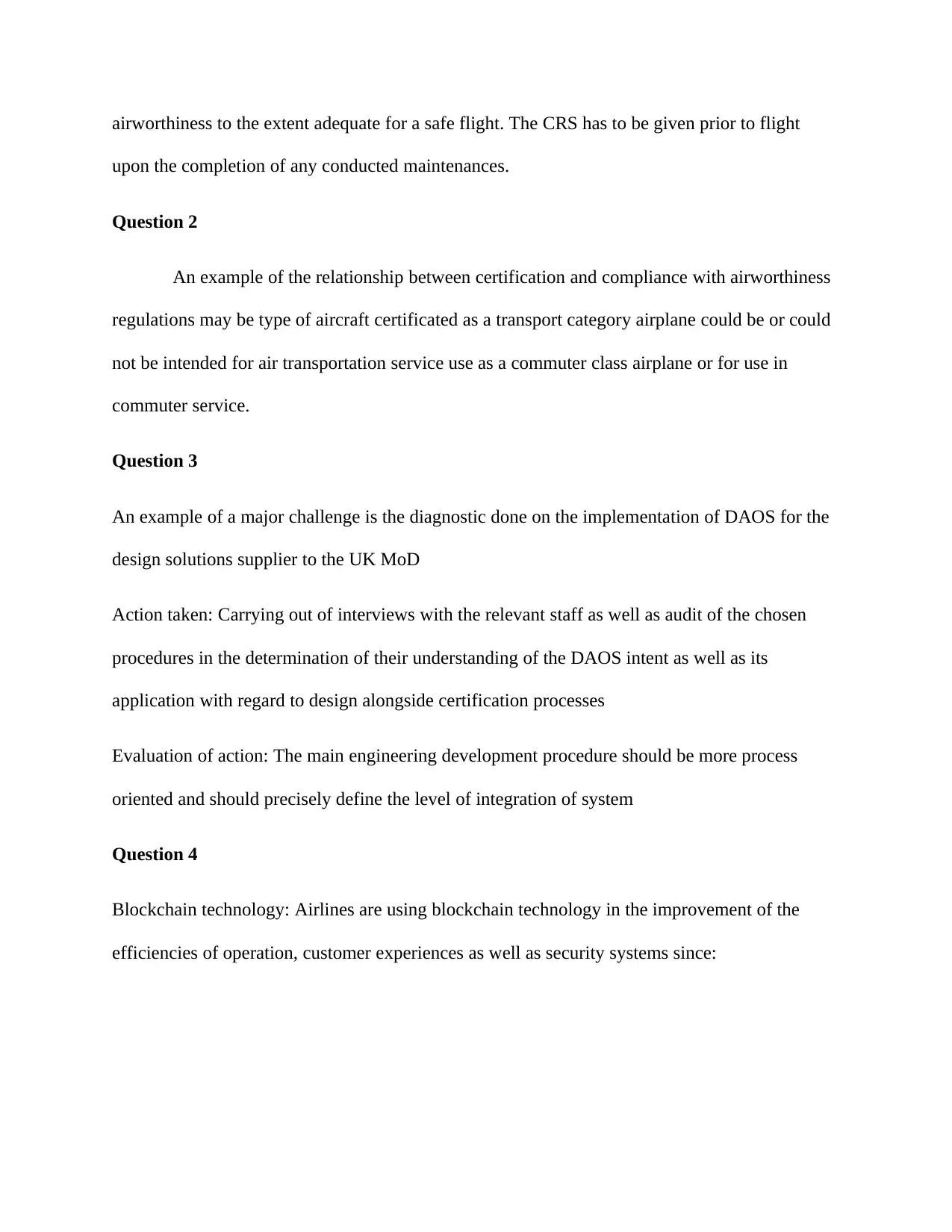

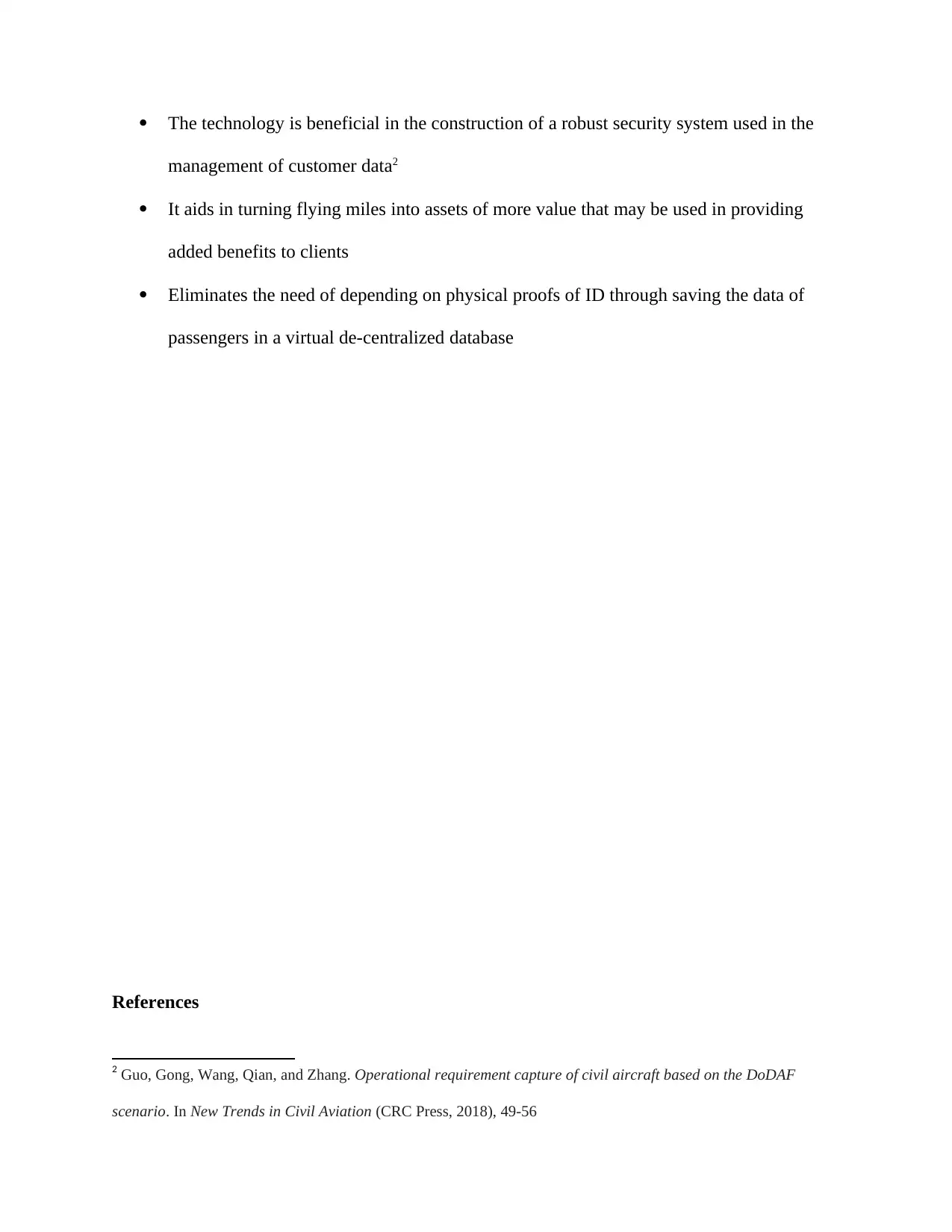
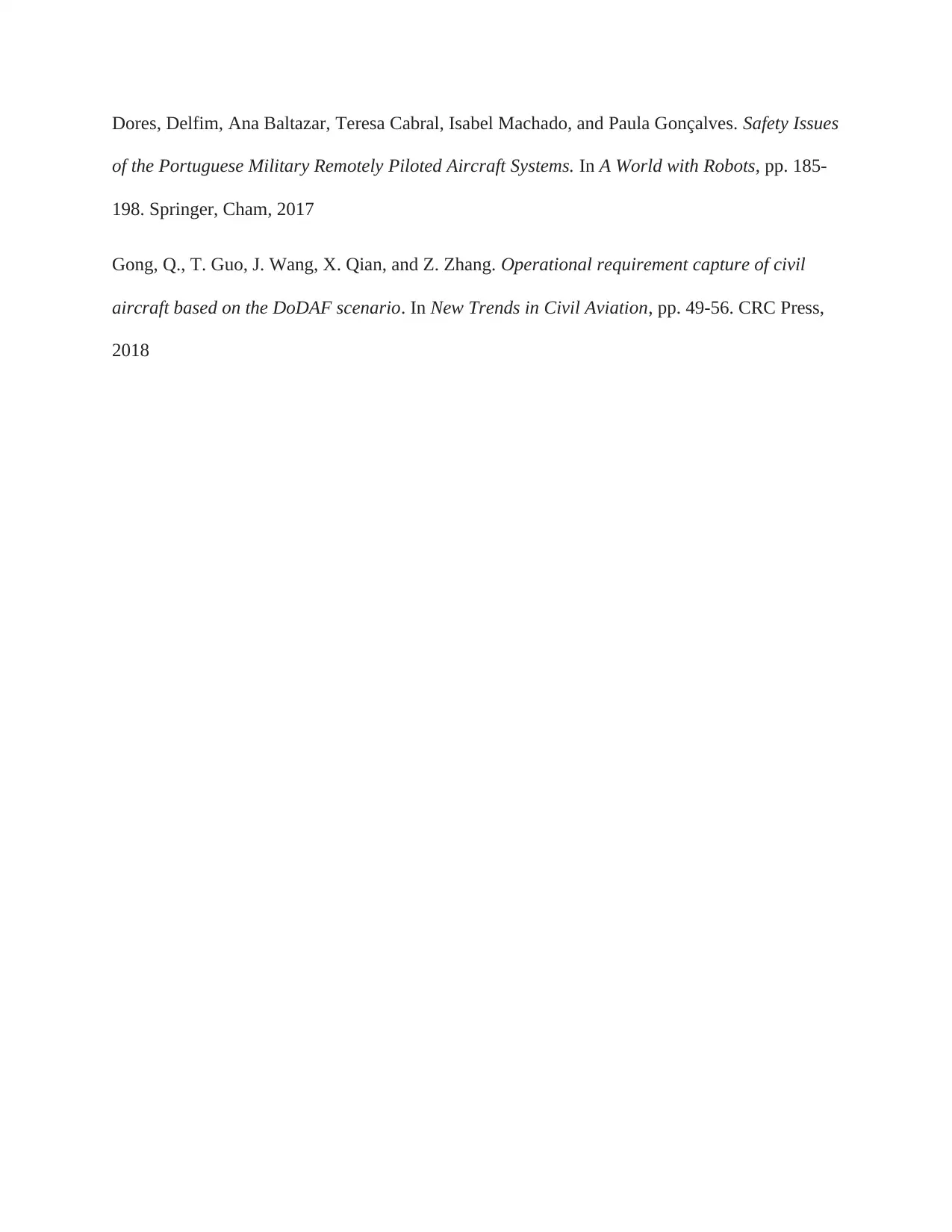


![[object Object]](/_next/static/media/star-bottom.7253800d.svg)